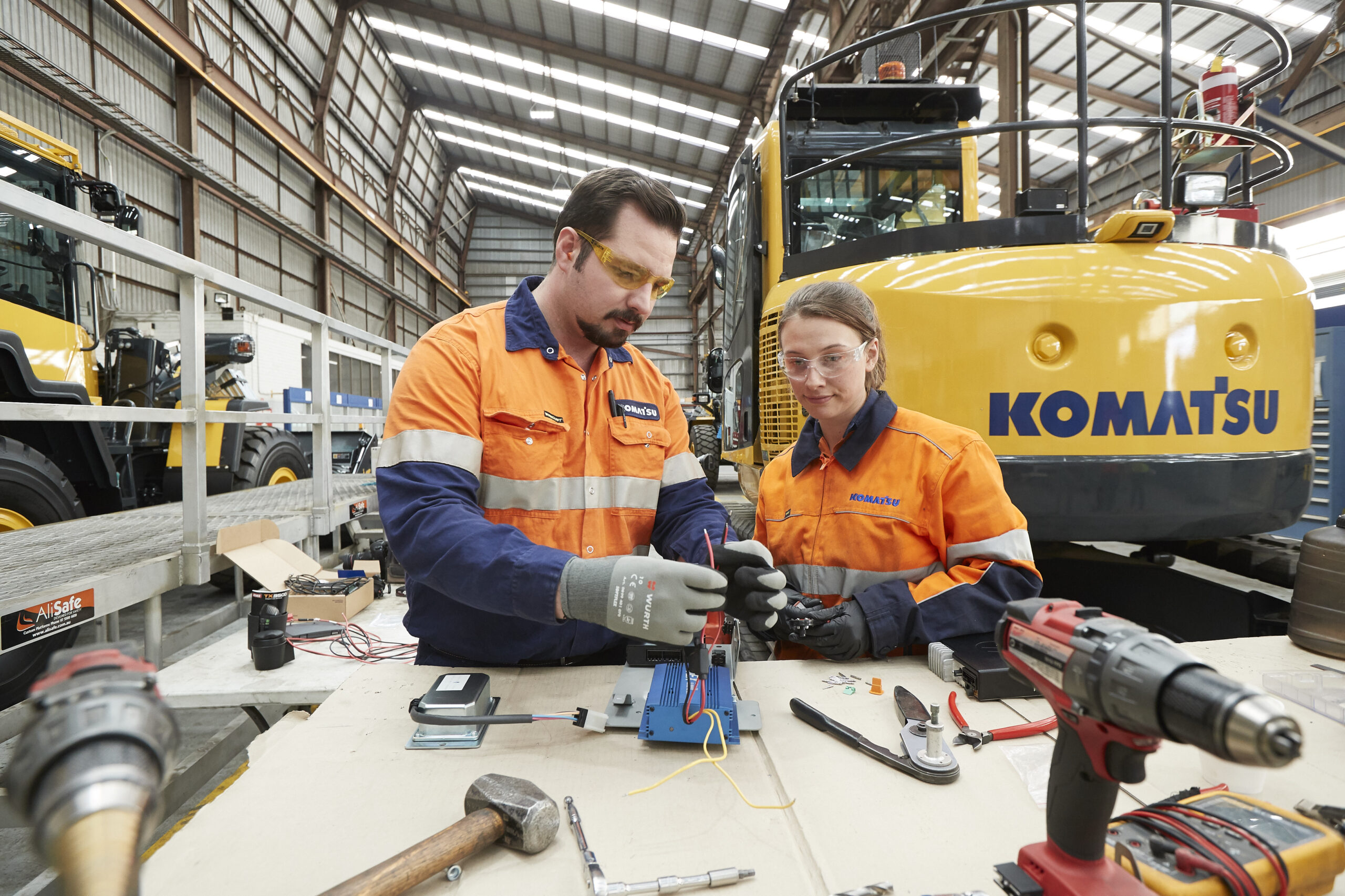By: David Jenkins
When organisations and societies have focussed on boosting productivity they have usually looked to labour to provide the gains.
The thinking has been that more educated and well trained workers, or fewer workers toiling harder, are the answer to productivity issues. The equation has been to produce more with less.
Business process improvements, such as Henry Ford’s invention of the production line, have been gamechangers at key points in industrial development, but the productivity push over the last 50 years has largely been about labour.
According to consultancy McKinsey, labour growth has been the engine of US economic power and prosperity since World War II, and has added an annual 2.2% to US economic growth.
The human as the engine of productivity growth, however, is faltering. In the last 15 years, productivity growth has averaged at just 1.4% in the US, much lower than the long term average while most OECD countries have also seen productivity levels drop since 2005.
In Australia, Federal Treasurer Jim Chalmers made a speech in March which noted that Australia’s productivity had fallen to its lowest level in 60 years, averaging 1.1% in the last five years.
Today, technology presents as the biggest opportunity for improved productivity. Skilled labour is short, the population is ageing, organisations want to cut down on costs, and automation in particular offers scale and efficiency. The cost of technology is coming down.
In the construction industry alone, McKinsey says 47% of the tasks can now be automated. The factory of the future, of which there are already examples today, is largely automated and enabled by 5G connectivity.
In the finance industry, armies of bots are already working alongside human colleagues, doing the grunt work so the humans can focus on the value adding tasks but also, through relentless automation, delivering better and more accurate compliance.
Automation does not exist by itself, it is enabled by the expanding world of the Internet of Things, where data is collected and can then be analysed and crunched to set the business rules around the automation.
This is not necessarily bad news for humans. The upside is that automation frees people from the drudgery of mundane work and enables them to skill up and also become more productive at the pointier end of their professions.
All this also applies in our world of asset management, where professionals are working with an unprecedented quantity of data to make more informed decisions.
Only last week did I have the pleasure of speaking at the IPWEA NSW Conference. One of the themes of my presentation and key messages of the Conference is that technology is a driver to gaining efficiency.
Take for example, A new smart building in Adelaide, GPO Exchange, which has sensors that capture 32,000 separate data points which deliver insights into its performance across a range of metrics from occupancy levels, waste generation and energy use.
Smart systems will know when an area is empty, when doors can be locked and new generation UVC lighting can sterilise rooms and remove pathogens on surfaces and in the air.
Asset managers of these buildings need data strategies as much as they need to manage the waste management contracts.
Extrapolating this out, we come to the concept of the digital twin where, in the example of a smart building, the twin can test variables such as how the cooling system might cope with a 10% increase in building occupants and then deliver information on optimum system settings.
The message for asset management professionals is to embrace this new technology, because the momentum is only going one way.
The upside is that it will produce a more productive and sustainable society where the nature of work should be more fulfilling.
And the good news is that it won’t be the robots who will be enjoying the benefits of the greater productivity, it will be the humans.














